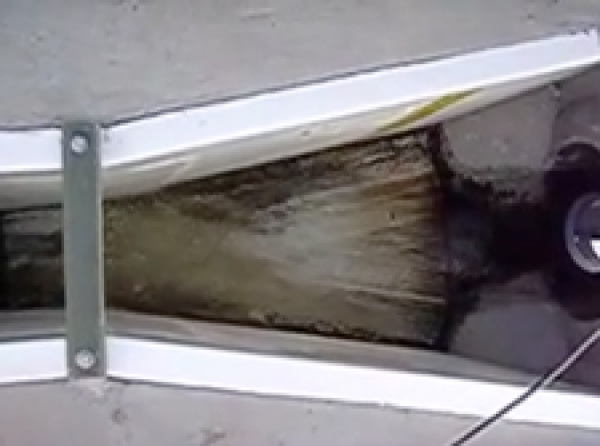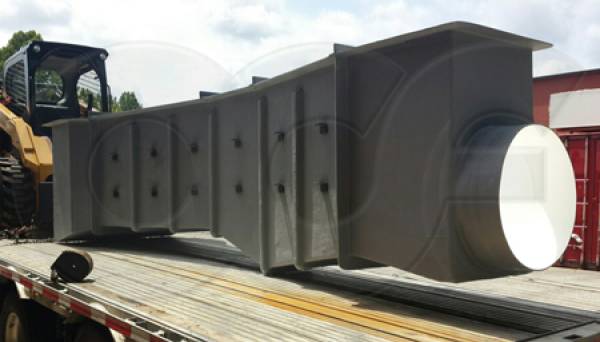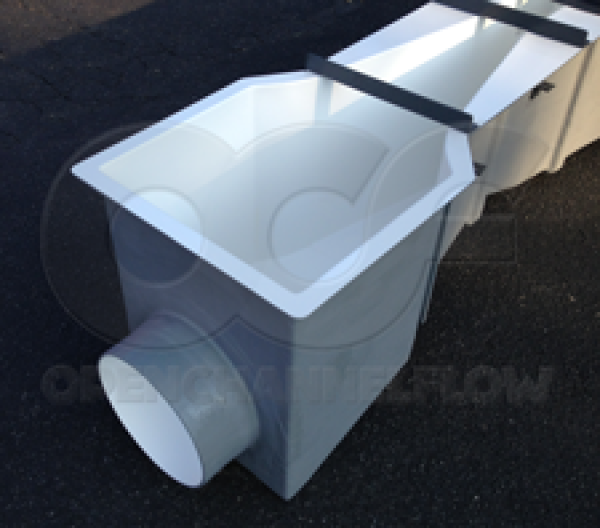This website uses a variety of cookies, which you consent to if you continue to use this site. You can read our Privacy Policy for
details about how these cookies are used, and to grant or withdraw your consent for certain types of cookies.
Pipe-To-Channel Transition Turbulence in Parshall Flumes
As we’ve detailed before here and here, most flumes currently used to measure the flow of water in non-full pipes were not originally designed to do so. Other than the Palmer Bowlus, these flumes were designed to measure flows in streams, culverts, and natural channels. Over the years, however, there has been a need to use them to measure piped flow – primarily for stormwater and sewage applications.
While Openchannelflow has developed engineered transitions – end adapters – to condition the flow as it exits the pipe and enters the flume, it is not uncommon to see field formed transitions.
Three common problems associated with poorly formed field transitions are:
- Settling the flume lower than the incoming pipe
- Excessive upstream pipe slop
- Insufficient upstream flow conditioning (usually not enough upstream straight run pipe)
A Field Experience
Recently, Openchannelflow was asked to assist a municipality in determining why their Parshall flume wasn’t yielding the flow results that they expected and to help remedy the installation so that accurate flow numbers could be generated.
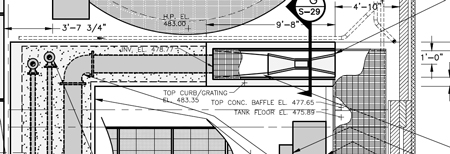

In looking at the current configuration, several things were clear:
- The flume is set lower than the inlet pipe
- There was insufficient upstream flow conditioning (not enough straight run pipe)
As a result, the customer was experiencing undue turbulence at low flows and as the flows rose, a swirling vortex of flow was being generated.


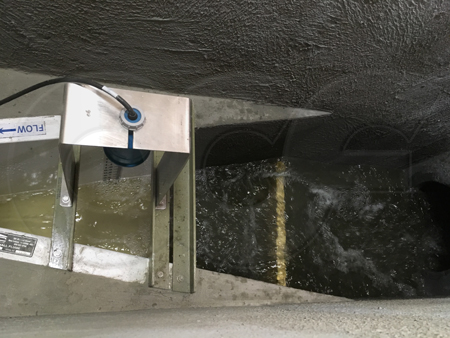
Complicating the fact was that the municipality was cash strapped and the site was space constrained. Essentially, the remedy would have to be cost effective and fit within the existing footprint of the installation. Additionally, the usptream hydraulics were such that large changes in the flume's placement were not possible.
Now since the flow through the flume was clean, Openchannelflow was able to make an easy recommendation: install tranquilizing rack(s) in the transition channel. Tranquilizing racks are stainless steel fingers that extend down into the flow stream to help breakup poor velocity profiles and dissipate transitional energy. Made from stainless steel, the racks are low cost and field installable. Usually used in groups of two or more (depending upon the amount of conditioning necessary), the racks can be phased in over time - allowing capital outlays to be staggered and racks only added as needed.
Related Blog Posts
Explore more insights in our blog.

LOCATIONS IN ATLANTA, GA & BOISE, ID


